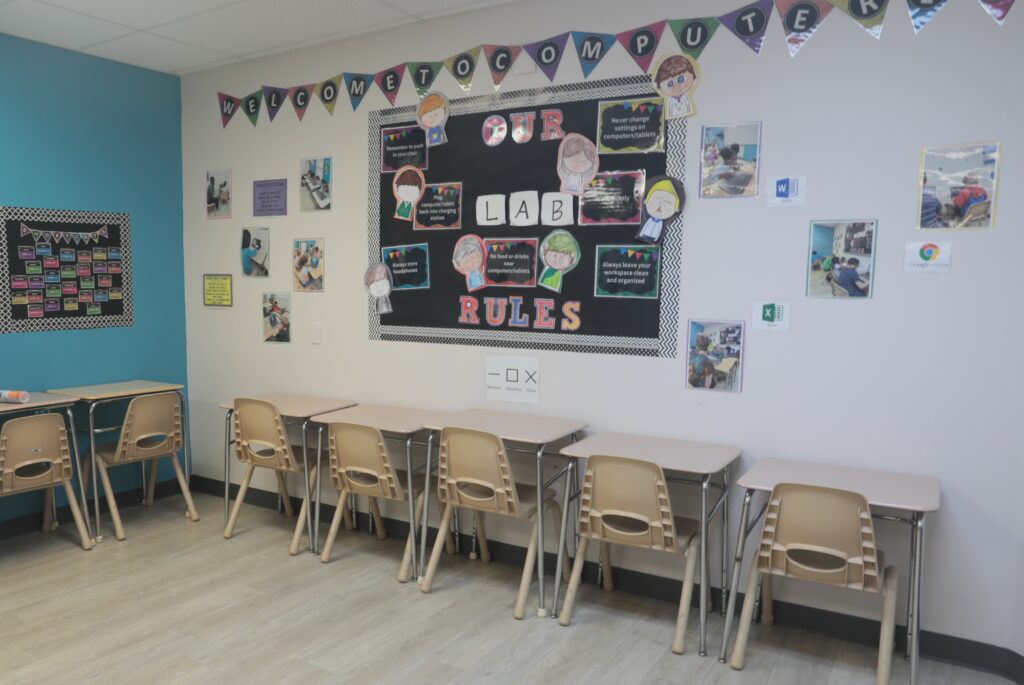Friendship (a fundamental aspect) of human interaction shapes our lives in profound ways. In today’s world, the definition of friendship is evolving—largely due to technology and social media. This blog explores complexities of friendship in the digital age: examining both online and offline connections and how they impact (our relationships). However, these changes can create confusion, because we often struggle to navigate the nuances of these interactions. Although friendships may flourish in virtual spaces, they can also become superficial. This complexity calls for deeper understanding, but it also offers opportunities for meaningful connections.
Redefining Friendship
Traditionally, (1) friendship was defined by face-to-face interactions, shared experiences and physical presence; however, as technology has advanced, so has our understanding of what it means to be friends. The rise of online platforms has introduced new dynamics to friendship (2), leading to debates about authenticity of these relationships. Although many cherish traditional forms of connection, it is clear that this evolution is reshaping our social landscape. Because of this, individuals often find themselves navigating complex emotional terrains.
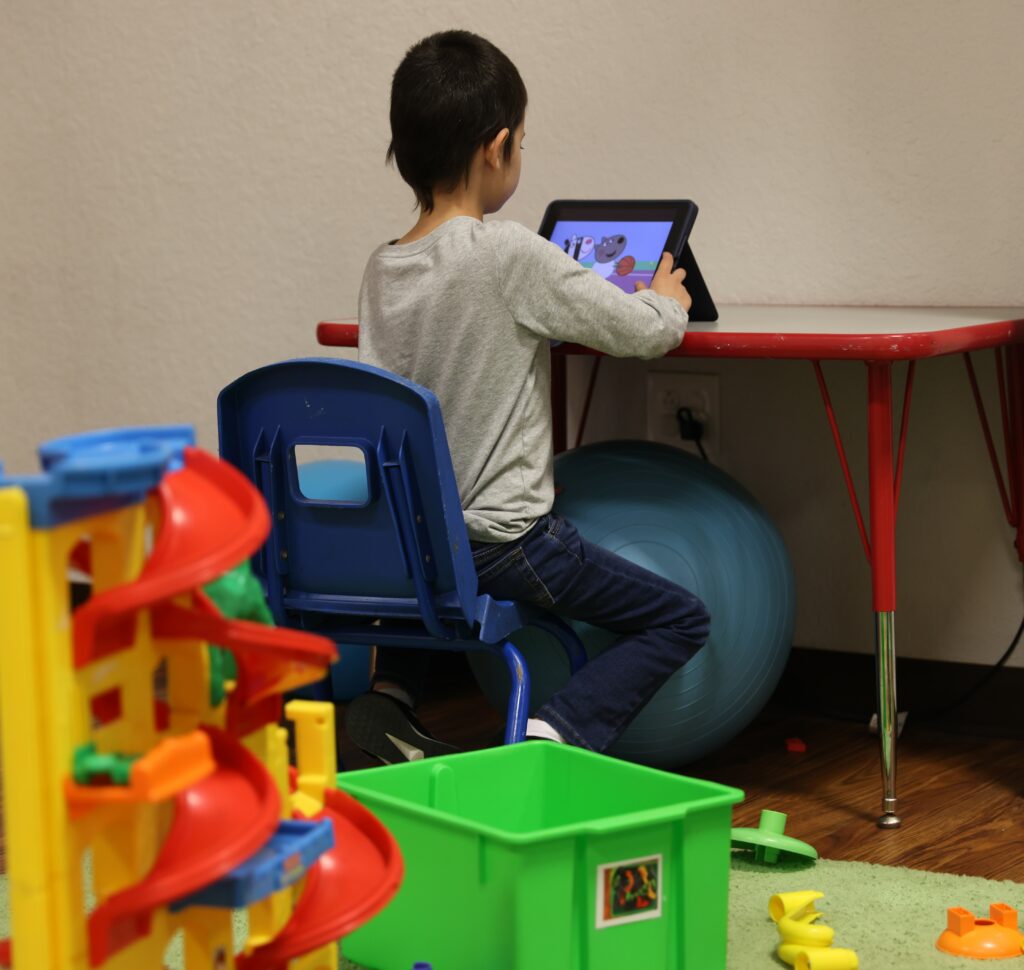
For many (especially younger generations), online friendships can feel just as real as those formed in person. The ease of finding like-minded individuals through social media and gaming platforms allows for deeper connections based on shared interests; however, does this mean that online friends are less valid than traditional friends? Although some may argue that physical presence is crucial, others contend (because they prioritize emotional bonds) that the nature of connections is what truly matters. This perspective challenges the notion that virtual friendships lack significance, but it raises questions about the essence of friendship itself.
The Generational Divide
As (a) parent, witnessing this shift can be challenging; many parents grew up in era where friendships were formed in physical spaces. The idea of children making friends online can evoke concern about safety, authenticity and social skills. However, younger generations view online interactions as (a) natural extension of their social lives—this often leads to tension between parents and children. Although some parents worry, the reality is that these digital connections are increasingly important, because they reflect a change in how relationships are formed today.
The Parent’s Perspective
Parents often worry (about) their children spending too much time online; fearing that it detracts from real-life experiences. For instance (1), one parent expressed a desire for their child to go outside, ride bikes and engage in traditional social activities. This sentiment is common among parents who want their children to have well-rounded social experiences. However, they must recognize that, although online interactions can be beneficial, they also pose challenges. Because children are continually exposed to digital culture, balancing these different aspects becomes crucial.
The Child’s Perspective
From (the) child’s viewpoint, online interactions can offer a sense of community (and) belonging that may not be accessible in their immediate physical environment. For example: children can connect with peers who share similar interests—whether it’s gaming, anime, or other hobbies.
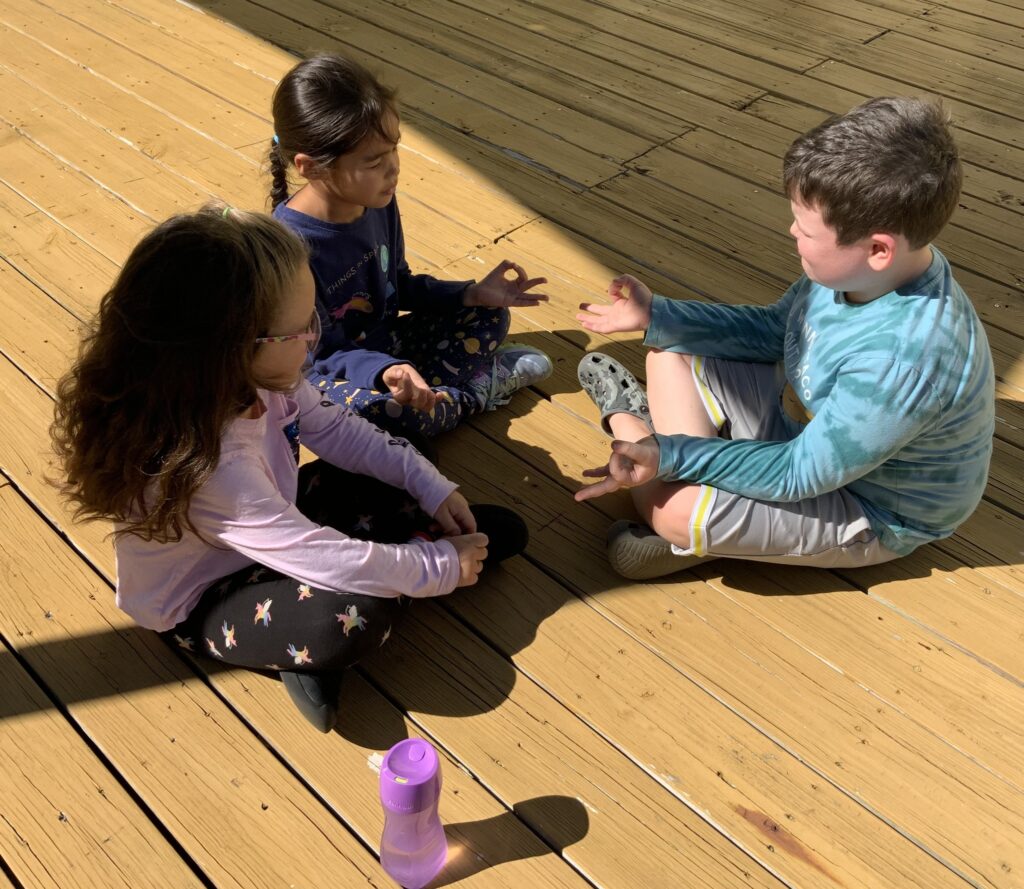
This connection often leads to friendships that can last for years; however, they are formed in a virtual space. Although some may argue that these relationships lack depth, many find that they can be just as meaningful. Because of this, online platforms serve as vital spaces for socialization (and) support.
Platforms for Friendship
As technology (a constantly evolving entity) continues to progress, numerous platforms have emerged which facilitate these online friendships. Two prominent examples are Twitter (now referred to as X) and Discord; however, their functionalities differ greatly. Although both serve as social networking sites, they cater to distinct audiences and purposes. This differentiation is significant because it impacts user engagement and interaction.
Twitter (X)
Twitter (1) serves as a microblogging platform where users can share thoughts, ideas and connect with others. Despite its (2) reputation for negativity at times, it can also foster meaningful connections among like-minded individuals. Many users find friendships through shared interests and discussions; however, these connections can transcend geographical boundaries. This (3) creates a unique space for engagement, although it can also be a breeding ground for conflict. Because of this, the experience of using Twitter varies greatly; some find it enriching, but others may feel overwhelmed.
Discord
Discord is (indeed) another platform that has gained immense popularity—especially among gamers. It allows users to create servers based on (specific) interests, enabling them to engage in conversations and build communities. Within these servers, users can discuss various topics; play games and form friendships with others who share (their) passions. However, some find (it) overwhelming, because the sheer number of channels can be daunting. Although the platform offers a unique experience, this complexity may deter new users from participating fully.
Finding Balance: Online vs. Offline Friendships
While online friendships (can) be significant, it’s essential to strike a balance (between) virtual and in-person interactions. Parents often worry that children who spend too much time online may miss out on vital social skills (that) come from face-to-face interactions; however, this is not always the case. Although the digital world offers unique opportunities for connection, it can also lead to isolation. Because of this, finding a middle ground becomes crucial.
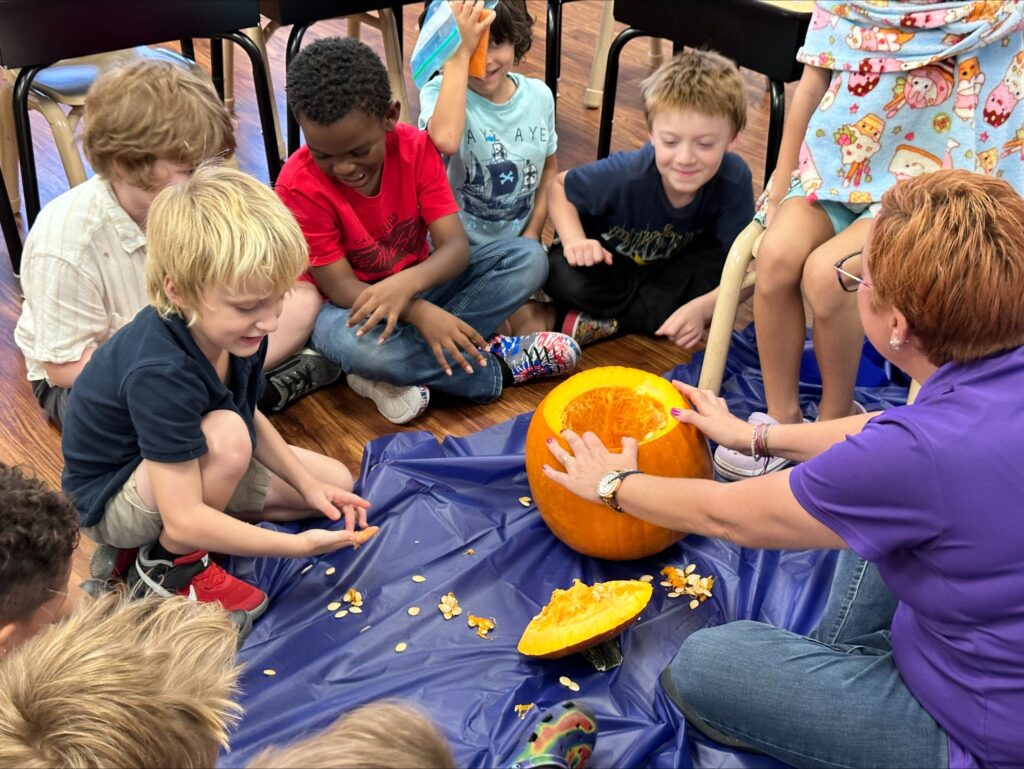
However (it’s crucial) to recognize that both types of friendships can coexist and complement each other: online friends can provide emotional support and understanding, while offline friends can offer shared experiences and physical presence. Although the blend of both can create a well-rounded social life, this dynamic is often overlooked; because people may prioritize one form over the other, they might miss out on valuable connections.
Communication is Key
One (of the) most effective ways to bridge the gap between parents and children regarding friendships is (the) open communication. Parents should engage (in) conversations with their children about their online friendships, understanding their significance and (the) nature of these relationships. However, this can be challenging because many parents may feel uncomfortable discussing such topics. Although open dialogue is crucial, some children might hesitate to share, (but) fostering a trusting environment can encourage them.
Asking Questions
Rather than (1) approaching the topic with skepticism, parents can (2) inquire about their children’s online friends: how they met (3) and what they enjoy doing together. This method fosters trust; however, it also allows children to share their experiences without fear of judgment. Although some parents might hesitate, this dialogue is essential because it opens lines of communication.
Setting Boundaries
While encouraging open communication (this is essential), it’s also vital for parents to set boundaries regarding online interactions. Discussing safety measures—such as not sharing personal information and recognizing red flags in online conversations—can empower children to navigate digital landscape responsibly. Teaching them about “stranger danger” in the online context is just as crucial (although it may seem less tangible) as it is in real world. However, parents must remain vigilant, because the digital realm presents unique challenges.
The Importance of Social Skills
Despite (1) the rise of online friendships, traditional social skills remain vital; children should still be encouraged to engage in physical social activities (such as sports, clubs, or community events). These experiences can enhance their interpersonal skills and provide a sense of belonging. However, some might argue that digital interactions suffice, but this is misleading. Although technology offers convenience, it cannot fully replace the richness of face-to-face connections. Because of this, fostering real-world interactions is essential for holistic development.
Encouraging Offline Interactions
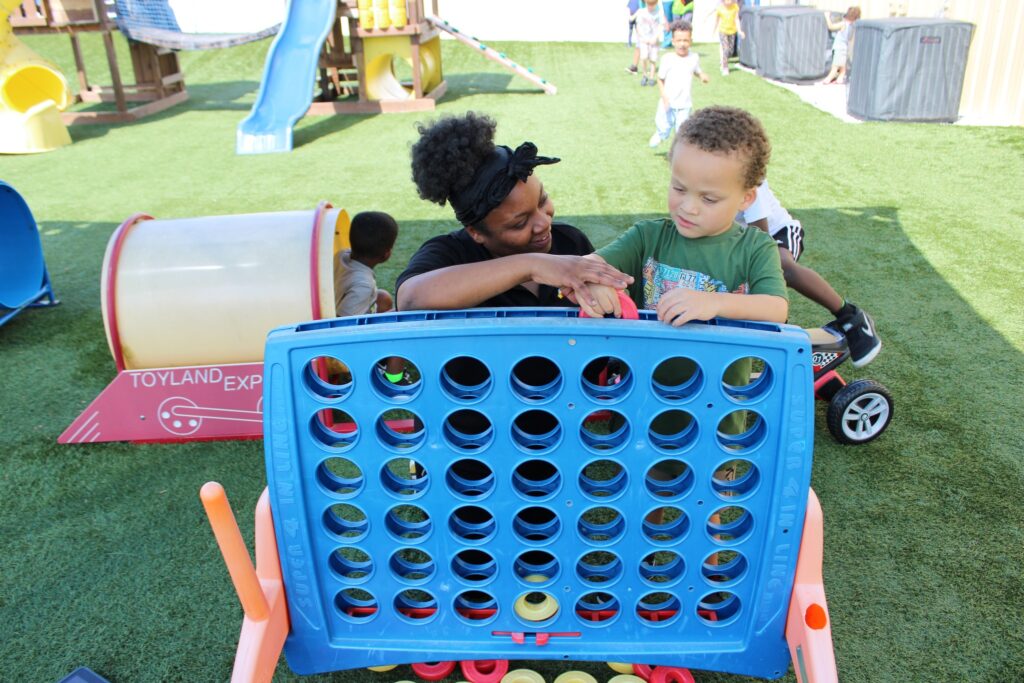
Parents (indeed) can facilitate opportunities for their children to meet friends in person; organizing playdates, group outings, or community events can help children build connections outside of the digital realm. These experiences can also foster a sense of confidence and social competence. However, it’s important to recognize that not all children thrive in social situations, because this may lead to feelings of anxiety. Although some may enjoy the interactions, others might prefer solitary activities (which is perfectly fine). But, by encouraging engagement, parents can support their children’s development in diverse environments.
Conclusion: Embracing the New Era of Friendship
In conclusion, (friendship) is evolving in the digital age; however, traditional friendships will always hold value. Online connections have opened new avenues for socialization, (this) presents unique challenges. Understanding, acceptance and communication are crucial (for) navigating this changing landscape of friendship. Although the essence of relationships remains, the medium through which we connect is shifting. 1. The dynamics are complex, but they reflect our society’s growth because of technological advancements.
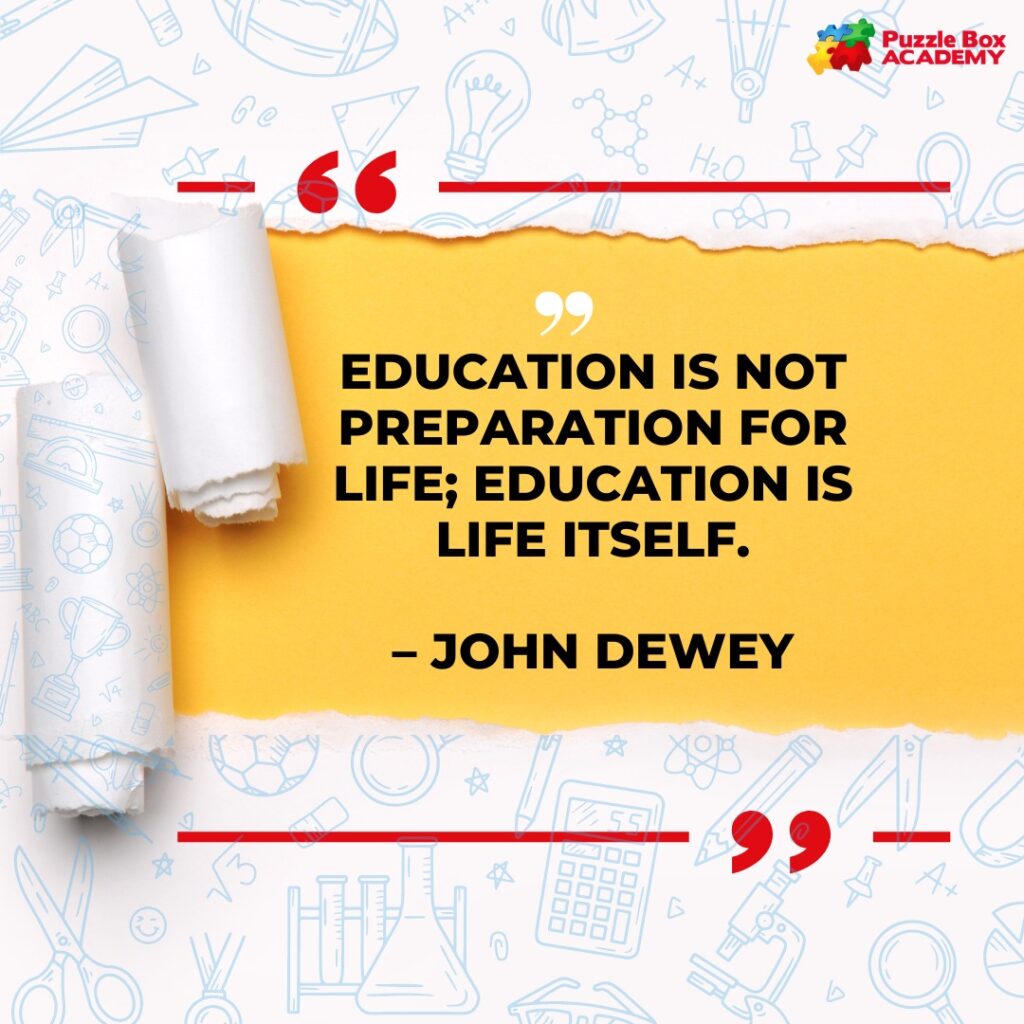
Ultimately, whether friendships are formed (online or offline), the essence of connection—support and mutual understanding—remains the same. By fostering open dialogues and embracing both forms of friendship, we (can help our children thrive) in their social lives. However, not all connections are equal; this can lead to confusion. Although some may argue that online friendships lack depth, others find them enriching. Because of this, it is crucial to recognize the value in both realms.

For more insights into education and social development, visit Pamela Furr’s website, where you can discover her pioneering work in education and life coaching.
If you want to learn more about Pamela Furr and her approach to Autism education, check out her about page.
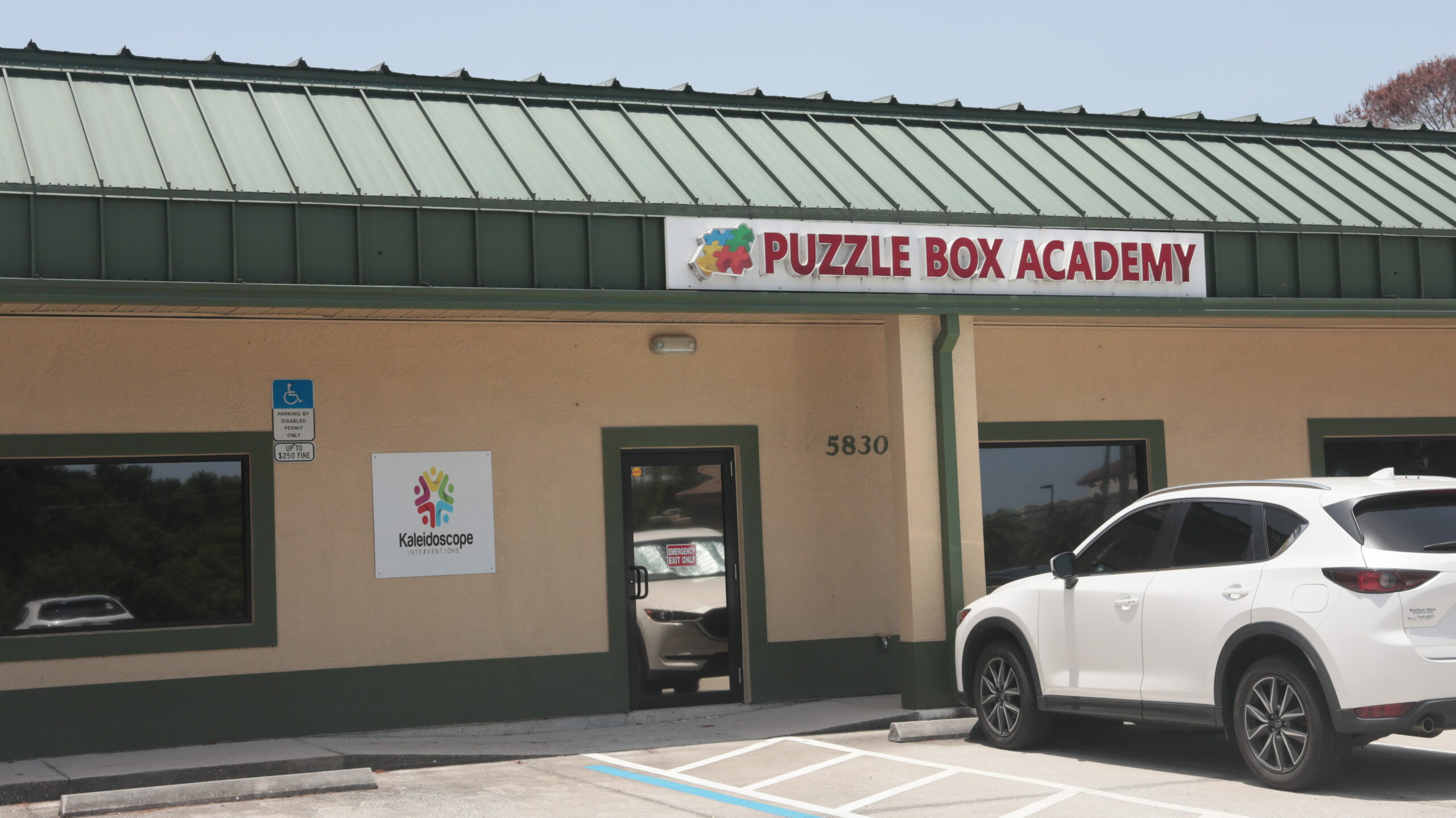
Explore her transformative impact through various initiatives on the brands page.
For inquiries or assistance, feel free to contact us. We’re here to help with all your needs.
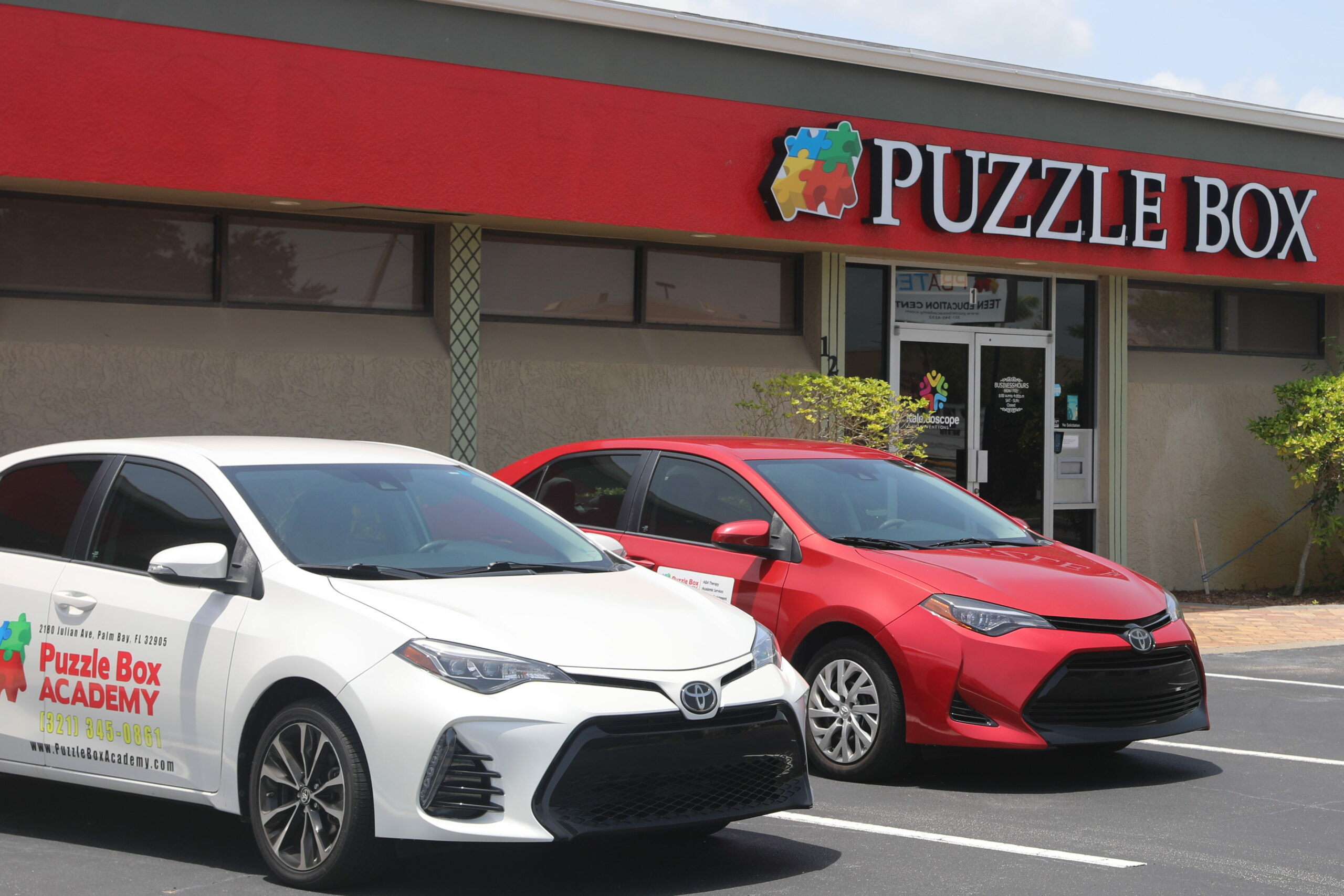
Stay connected and see what we share on social media by visiting our social quick links.
Thank you (for joining) us on this exploration of friendship (in the digital age)! However, the nature of relationships has evolved; this evolution (often) presents both challenges and opportunities. Although connections can be made instantly, many feel isolated (#1). Because of this, understanding the depth of these digital interactions is crucial. Friendship, while seemingly simple, can be complex: it requires effort, empathy and communication. But what does it truly mean to be a friend today?

